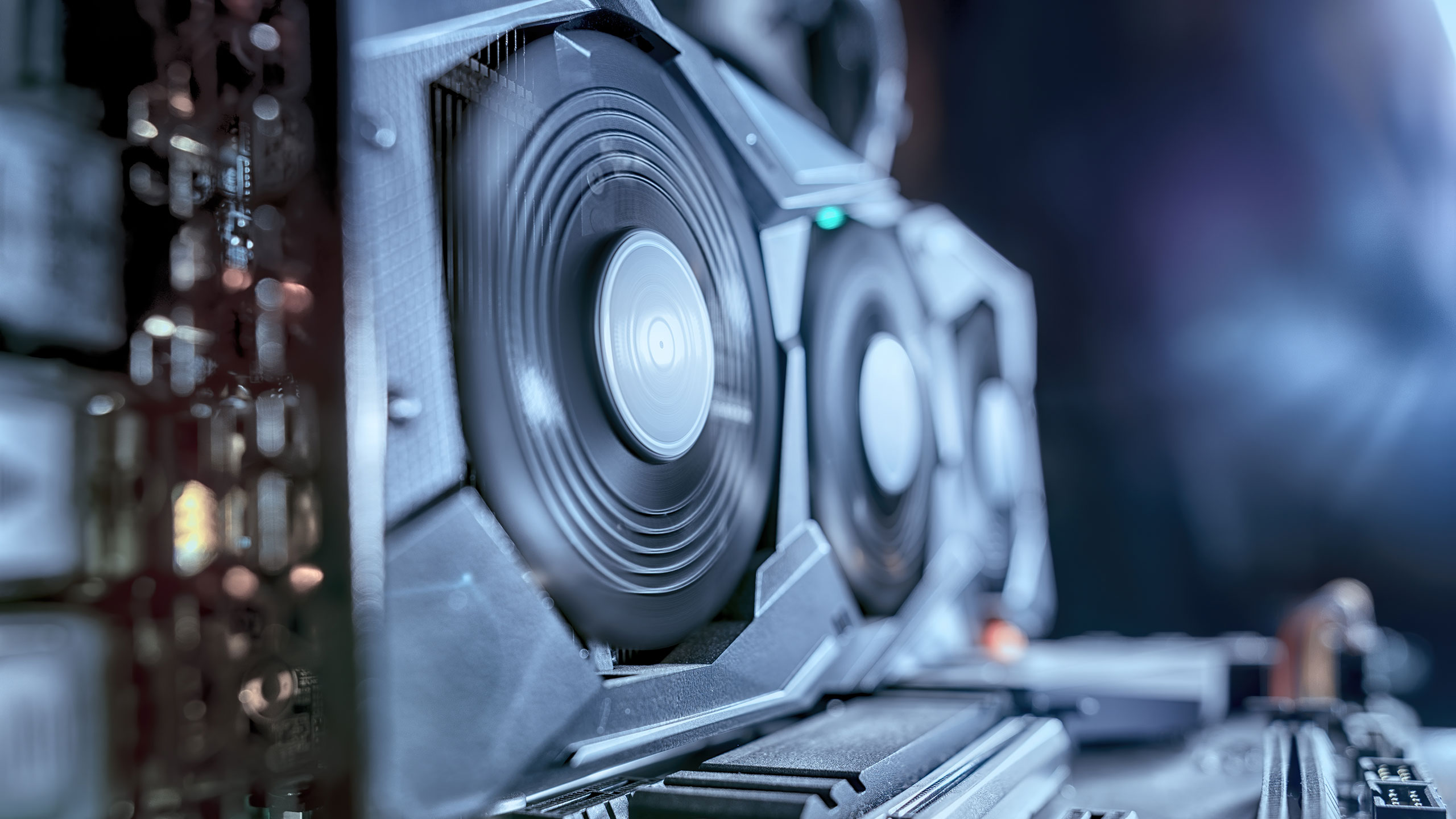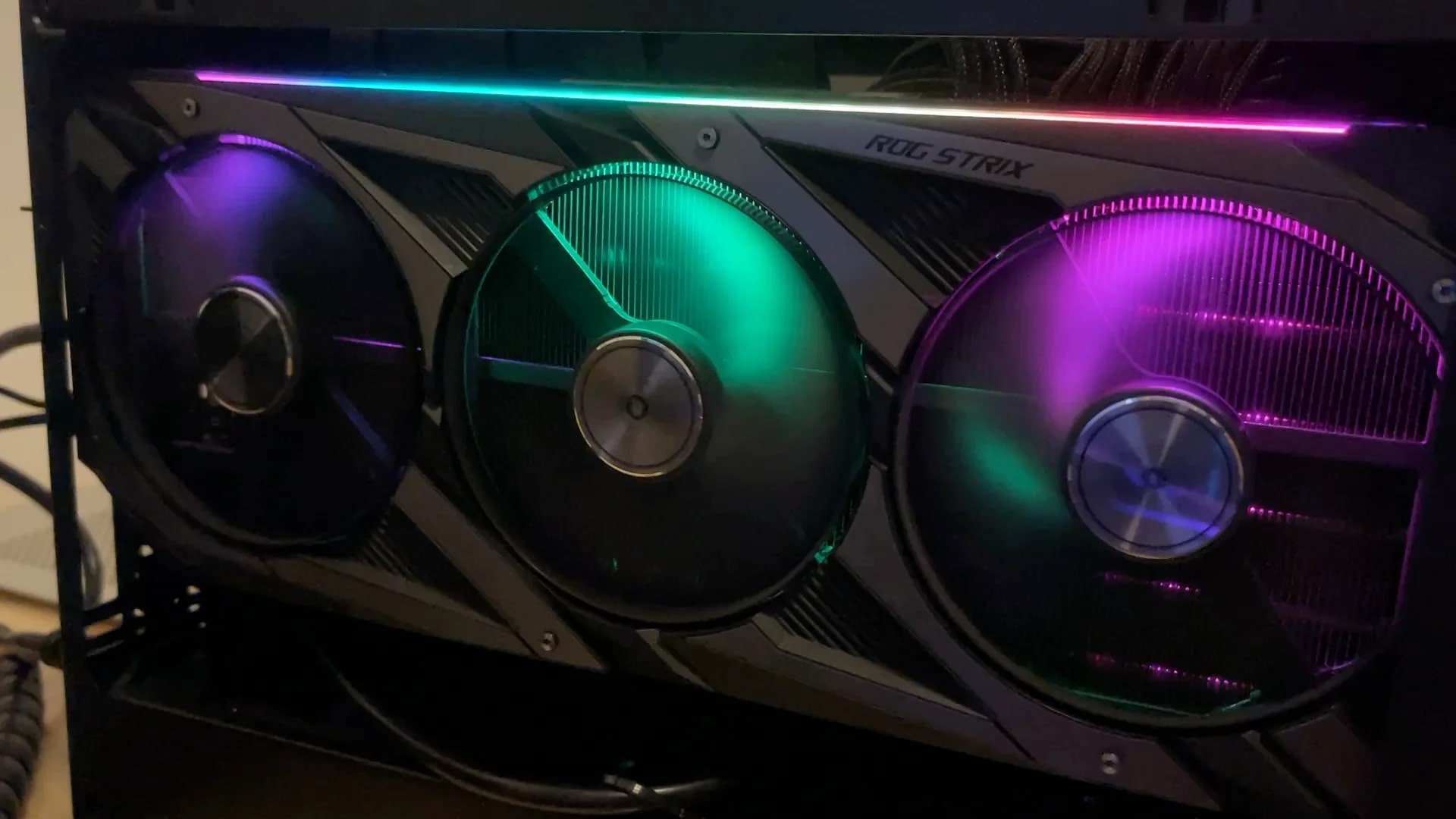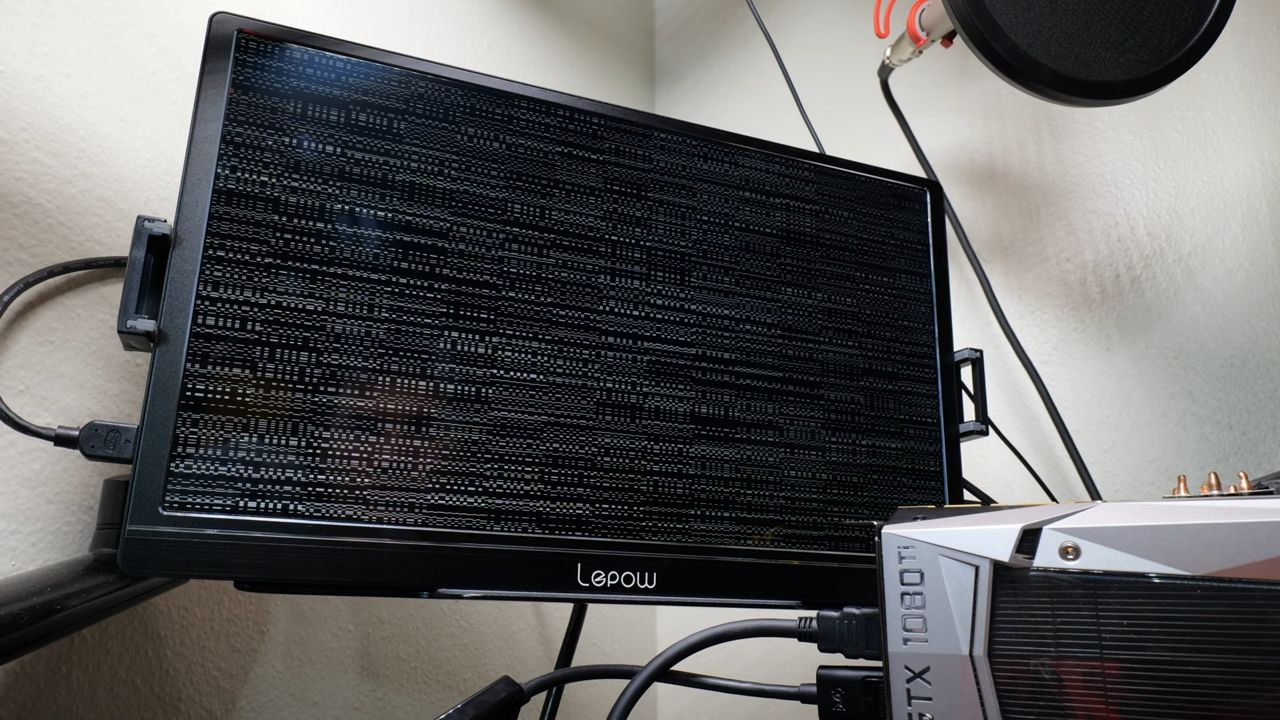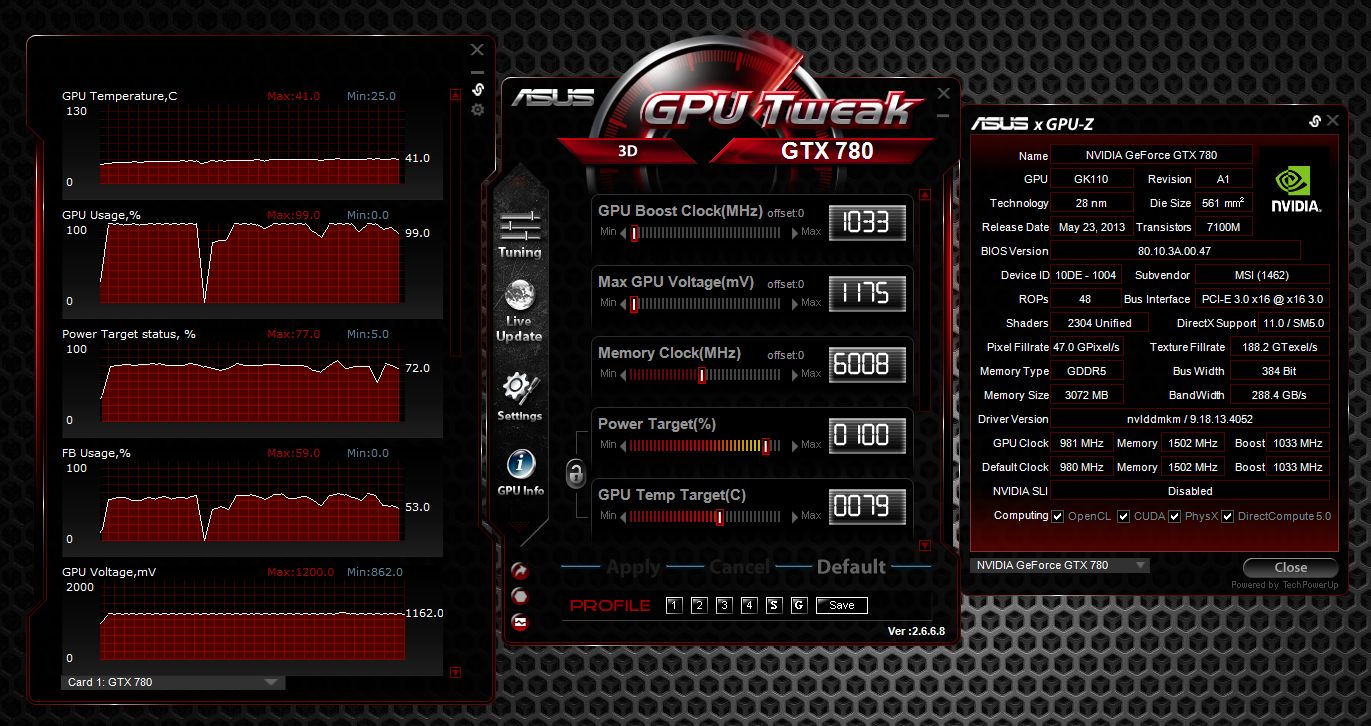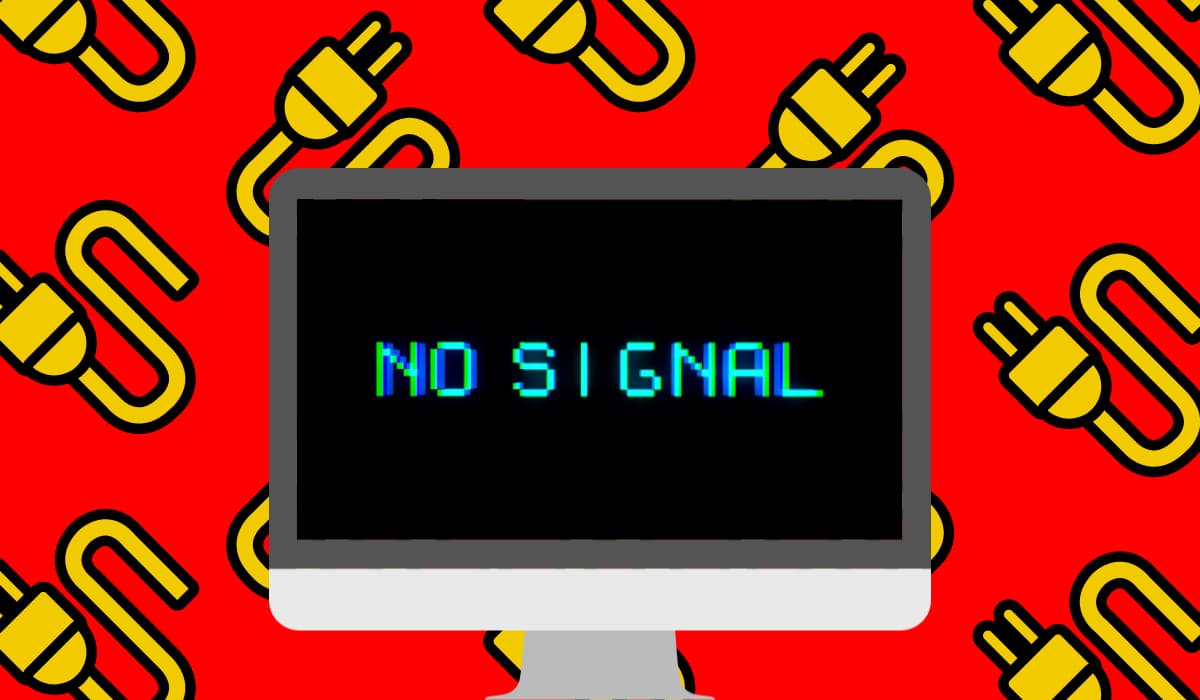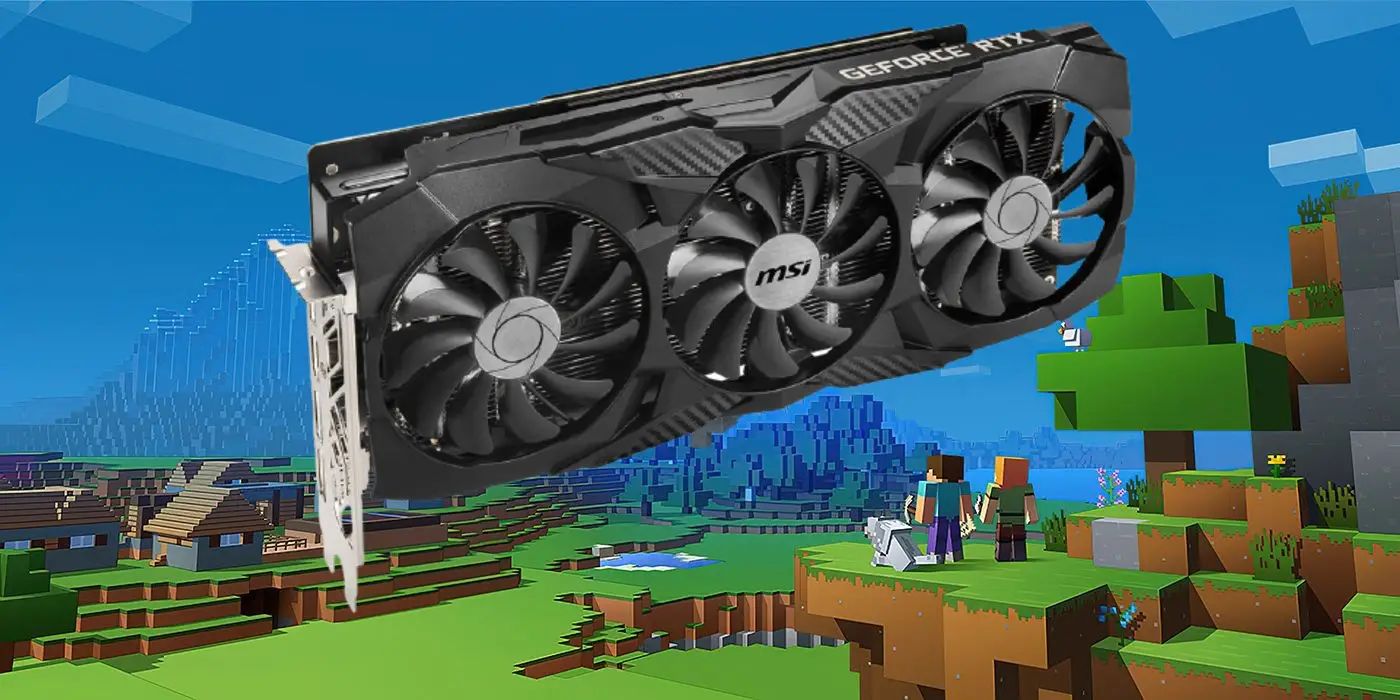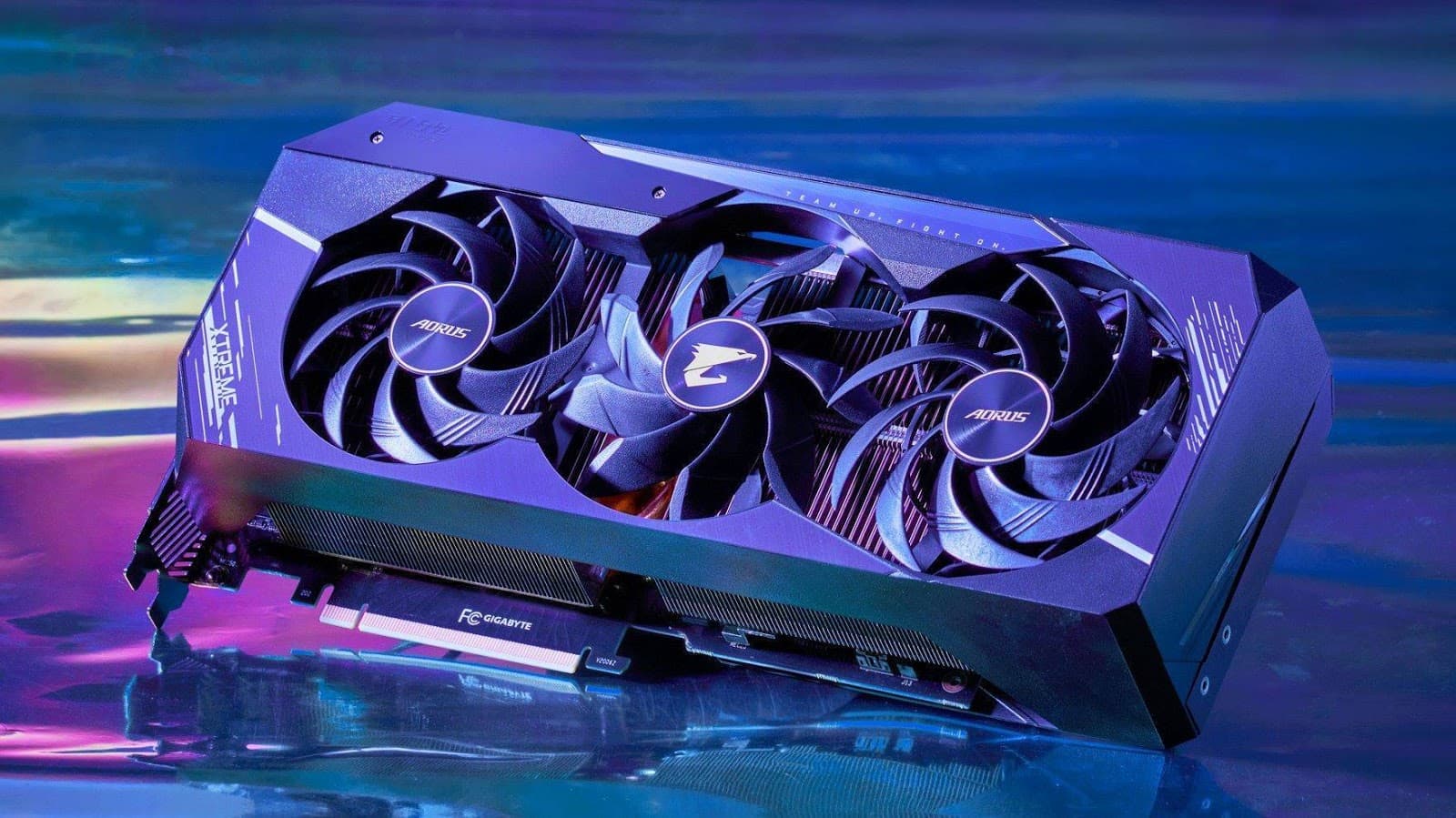Introduction
A Graphics Processing Unit (GPU) is an essential component of any computer system, responsible for rendering images, videos, and animations with exceptional speed and visual quality. Over time, due to various factors such as outdated drivers, software conflicts, or heat-related issues, you may encounter performance problems or unexpected behavior from your GPU. In such cases, a reset can be a useful troubleshooting step to resolve these issues.
Resetting your GPU essentially resets its settings and configuration to their default values, allowing you to start fresh and potentially resolve any underlying issues. However, it is essential to approach this process with caution, as a faulty reset or incorrect procedure can lead to further complications.
In this guide, we will explore the reasons why you might need to reset your GPU, how to check for GPU issues, and the proper methods for resetting both the GPU software and hardware. Additionally, we will provide some troubleshooting tips for common resetting issues that you may encounter.
Whether you are experiencing graphical glitches, driver conflicts, or performance issues, a GPU reset can often be a valuable solution. Keep reading to learn more about how to perform a GPU reset effectively and safely.
Reasons to Reset Your GPU
There are several reasons why you might consider resetting your Graphics Processing Unit (GPU). Let’s explore some of the common scenarios where a GPU reset can be beneficial:
- Performance Issues: If you notice a sudden drop in GPU performance or experience lag during intensive tasks like gaming or video editing, a reset can help restore optimal performance by resolving any software or driver conflicts.
- Driver Updates: When updating your GPU drivers, conflicts may occur, leading to system instability or compatibility issues. Resetting the GPU can ensure a clean state for reinstalling the drivers, reducing the chance of any conflicts.
- Overheating Problems: Heat is one of the primary causes of GPU malfunctions. If your GPU is consistently running hot or experiencing thermal throttling, resetting the hardware can potentially resolve any heat-related issues and restore normal operation.
- Artifacts and Glitches: If you start seeing graphical artifacts, screen tearing, or other visual anomalies, it could be a sign of a GPU problem. Performing a reset can help eliminate these issues by restoring the GPU’s default settings.
- Compatibility Issues: In some cases, newly installed software or hardware components may not be compatible with your GPU, resulting in crashes or system instability. Resetting the GPU can help resolve conflicts and ensure smooth operation.
- System Upgrades: After upgrading or replacing your GPU, performing a reset is often recommended to clear any remnants of the old GPU’s settings and optimize the system for the new hardware.
It is important to remember that a GPU reset should not be considered the first solution for every issue. It is recommended to diagnose the specific problem you are facing and try other troubleshooting methods before resorting to a reset.
In the next sections, we will guide you on how to check for GPU issues, the proper methods for resetting your GPU’s software and hardware, and some common troubleshooting tips.
Checking for GPU Issues
Before proceeding with a GPU reset, it is essential to identify any underlying issues that may be causing the problems you are experiencing. Conducting a thorough check can help you determine whether a reset is necessary or if there are other troubleshooting steps you can take. Here are some steps to check for GPU issues:
- Update GPU Drivers: Outdated or incompatible GPU drivers can often lead to performance issues. Start by ensuring that you have the latest GPU drivers installed. Visit the official website of your GPU manufacturer to download and install the latest drivers.
- Monitor GPU Temperatures: Overheating can cause GPU performance problems and even hardware damage. Use monitoring software, such as GPU-Z or MSI Afterburner, to check the temperature of your GPU during intensive tasks. If the temperatures are consistently high, it may indicate a cooling problem that needs to be addressed.
- Check for Artifacts: Artifacts such as black screens, flickering, or pixelated graphics can indicate GPU problems. Run GPU stress tests like FurMark or 3DMark to check for any graphical anomalies during these tests. If you notice any artifacts, it may be a sign of a faulty GPU.
- Verify Power Supply: Insufficient power supply can lead to GPU instability or crashes. Ensure that your GPU is receiving adequate power by checking the power cables and connections. Consider using a power supply calculator online to ensure your system has enough power for your GPU.
- Run System Diagnostics: Run system diagnostics and check for any hardware or software errors that could be affecting your GPU’s performance. Use built-in diagnostic tools or third-party software like CPU-Z or HWiNFO to gather system information and identify any potential problems.
By performing these checks, you can gather valuable information about the health and performance of your GPU. If you still encounter issues despite checking for these common problems, it may be time to proceed with a GPU reset.
In the next sections, we will guide you through the steps to reset your GPU, covering both the software and hardware aspects of the reset process.
How to Reset Your GPU
Resetting your GPU can help resolve various issues, including performance problems, driver conflicts, and overheating issues. It is important to note that there are two methods for resetting your GPU: resetting the GPU software and resetting the GPU hardware. Let’s explore each method:
- Resetting GPU Software:
- Step 1: Open the control panel for your GPU. This can typically be done by right-clicking on your desktop and selecting the GPU control panel option.
- Step 2: Look for a “Reset” option or a similar setting within the control panel. Click on it to initiate the software reset process.
- Step 3: Follow the on-screen prompts to confirm the reset and allow the software to complete the process. This may vary depending on your GPU manufacturer and the control panel software.
- Step 4: Once the reset is complete, restart your computer to apply the changes. Your GPU software should now be reset to its default settings.
- Resetting GPU Hardware:
- Step 1: Power off your computer completely and unplug it from the power source.
- Step 2: Open your computer case and locate the GPU. It is usually installed in a PCI-Express slot on the motherboard.
- Step 3: Carefully remove the GPU from the slot by gently pressing down on the release latch and sliding it out.
- Step 4: While the GPU is removed, use compressed air or a soft brush to clean any dust or debris from the GPU and its surroundings. This helps ensure proper airflow and prevents overheating issues.
- Step 5: After cleaning, reinsert the GPU back into the PCI-Express slot and ensure it is securely seated. Reconnect any power cables if necessary.
- Step 6: Close the computer case, reconnect the power cable, and power on your computer.
This method involves resetting the software settings and configuration of your GPU. Here’s how to do it:
If you suspect that the issue lies with the hardware components of your GPU, resetting the hardware can help. Here’s how:
It is important to remember that GPU hardware resets should only be performed if you are confident in your technical skills. If you are uncertain or uncomfortable working with computer hardware, it is recommended to seek assistance from a professional.
After completing the reset, check if the issue has been resolved. If not, you may need to seek further assistance or consider other troubleshooting methods.
In the next section, we will discuss troubleshooting tips for common issues encountered during the GPU resetting process.
Resetting GPU Software
Resetting the software settings of your Graphics Processing Unit (GPU) can be an effective method to resolve performance issues or conflicts. Here’s a step-by-step guide on how to reset your GPU software:
- Step 1: Open the control panel for your GPU. This can typically be done by right-clicking on your desktop and selecting the GPU control panel option. Alternatively, you can access the control panel through the Start menu or system tray icons.
- Step 2: Once the control panel is open, navigate to the section or tab that allows you to manage the settings and configuration of your GPU. The exact location and naming of this section may vary depending on your GPU manufacturer and the version of the control panel software.
- Step 3: Look for a “Reset” option or a similar setting within the control panel. This is usually located in a sub-menu or advanced options section. Click on it to initiate the software reset process.
- Step 4: Depending on your GPU control panel software, you may be prompted with a warning message informing you of the consequences of resetting the GPU. Read the message carefully and proceed if you are confident in proceeding with the reset.
- Step 5: After confirming the reset, the GPU control panel will begin the reset process. This may involve reverting settings to their default values, clearing any configuration profiles, or restoring original driver settings. The duration of the reset process can vary depending on the complexity of your GPU software.
- Step 6: Once the reset is complete, it is recommended to restart your computer to ensure that the changes take effect. This will also help in refreshing your system and resolving any lingering conflicts.
By following these steps, you can perform a software reset of your GPU, allowing it to start fresh with default settings. This can often resolve issues related to performance, driver conflicts, or compatibility problems.
If you continue to experience problems after resetting the GPU software, it may be necessary to explore other troubleshooting options or consider resetting the GPU hardware.
In the next section, we will guide you through the process of resetting the GPU hardware, which involves physically removing and reinserting the GPU component.
Resetting GPU Hardware
If you suspect that the issue with your Graphics Processing Unit (GPU) lies with the hardware components, performing a hardware reset can help resolve the problem. Here is a step-by-step guide on how to reset your GPU hardware:
- Step 1: Power off your computer completely and unplug it from the power source. This is crucial to ensure your safety and prevent any damage to the GPU or other components.
- Step 2: Open your computer case by removing the screws or latches that hold it in place. Refer to your computer’s manual or manufacturer’s website for specific instructions on how to open the case.
- Step 3: Locate the GPU, which is usually installed in a PCI-Express slot on the motherboard. It is a large rectangular card with ports for video output.
- Step 4: Gently press down on the release latch located at the end of the PCI-Express slot to release the GPU from its slot. Carefully slide the GPU out of the slot.
- Step 5: While the GPU is removed, use compressed air or a soft brush to clean any dust or debris that may have accumulated on the GPU or in the PCI-Express slot. It is important to ensure that there is no excessive dust or debris that can obstruct proper connectivity or cause overheating.
- Step 6: After cleaning, reinsert the GPU back into the PCI-Express slot. Align the connectors on the GPU with the slot and gently push it in until it is securely seated. Make sure it is evenly inserted, and the release latch snaps back into place.
- Step 7: Once the GPU is securely reinserted, close the computer case, ensuring that all screws or latches are properly tightened.
- Step 8: Reconnect the power cable to your computer and plug it back into the power source.
- Step 9: Power on your computer and check if the GPU is recognized. You can do this by checking the Device Manager or the GPU control panel software.
Performing a hardware reset can help eliminate any physical connectivity issues or loose connections that may be affecting the performance of your GPU. It is important to handle the GPU with care and ensure that it is properly seated in the slot to avoid any damage.
If you continue to experience issues with your GPU after a hardware reset, it may be necessary to seek further assistance from a professional or consider other troubleshooting options.
In the next section, we will discuss troubleshooting tips for common issues that may arise during the process of resetting your GPU.
Troubleshooting Common Resetting Issues
While resetting your Graphics Processing Unit (GPU) can be an effective solution for various issues, there may be cases where you encounter problems during the resetting process. Here are some troubleshooting tips for common resetting issues:
- Software Resetting Issues:
- Driver Incompatibility: If you encounter driver-related issues after resetting your GPU, it may be due to a driver incompatibility. Ensure that you have downloaded and installed the latest drivers compatible with your GPU model from the official manufacturer’s website.
- Software Crashes: In some cases, resetting the GPU software may result in software crashes or errors. Try reinstalling the GPU control panel software or updating to the latest version to resolve these issues.
- Hardware Resetting Issues:
- Loose Connections: If your GPU is not being recognized or you experience display issues after a hardware reset, check the connections. Ensure that the GPU is securely seated in the PCI-Express slot and that any power cables are properly connected.
- Hardware Damage: Accidentally damaging the GPU or other components during the hardware reset process can lead to further issues. If you suspect hardware damage, it is recommended to seek professional assistance or contact the manufacturer for support.
- Post-Reset Issues:
- System Instability: After resetting your GPU, if you experience system instability, such as frequent crashes or freezing, it may be caused by other factors. Check for other hardware or software issues, such as insufficient power supply, outdated drivers, or conflicting applications.
- Overheating: If your GPU continues to overheat after the reset, ensure that proper cooling is in place. Clean the GPU and its surroundings from dust regularly, ensure proper airflow in your system, and consider installing additional cooling solutions if necessary.
If you encounter persistent issues or are unsure about troubleshooting a specific problem, it is recommended to seek assistance from a knowledgeable professional or contact the customer support of your GPU manufacturer.
Remember, troubleshooting and resolving issues may require a combination of methods, such as updating drivers, optimizing system settings, or even consulting experts.
In the next section, we will conclude the article by summarizing the key points and highlighting the importance of GPU resets in troubleshooting.
Conclusion
Resetting your Graphics Processing Unit (GPU) can be a valuable troubleshooting step to resolve a range of issues such as performance problems, driver conflicts, and overheating concerns. By resetting the GPU software or hardware, you can restore default settings, eliminate software conflicts, and ensure proper hardware connectivity.
Before proceeding with a GPU reset, it is important to check for GPU issues such as outdated drivers, overheating problems, artifacts, power supply, and system diagnostics. Identifying these issues can help determine whether a reset is necessary or if other troubleshooting methods can be attempted.
When resetting the GPU software, access the control panel specific to your GPU and follow the instructions provided. Reinstalling GPU drivers or restoring default settings can often resolve software-related problems.
If hardware issues are suspected, performing a hardware reset involves safely removing the GPU, cleaning the components, and securely reinserting it into the PCI-Express slot. This can help address physical connectivity problems or dust accumulation that may affect performance.
During both software and hardware resets, it is important to address potential troubleshooting issues such as driver incompatibility, software crashes, loose connections, hardware damage, system instability, and overheating. Taking these steps can help ensure a successful reset process and resolve any lingering problems.
If you encounter persistent issues or are unsure about troubleshooting a specific problem, it is recommended to seek assistance from professionals or contact the customer support of your GPU manufacturer.
Remember, a GPU reset should not be the first troubleshooting step for every issue. It is important to diagnose the specific problem and attempt other troubleshooting methods before resorting to a reset.
We hope that this guide has provided you with the necessary information to effectively reset your GPU and resolve any issues you may be facing. By taking the appropriate steps and following the guidelines outlined in this article, you can ensure optimal GPU performance and a seamless computing experience.









